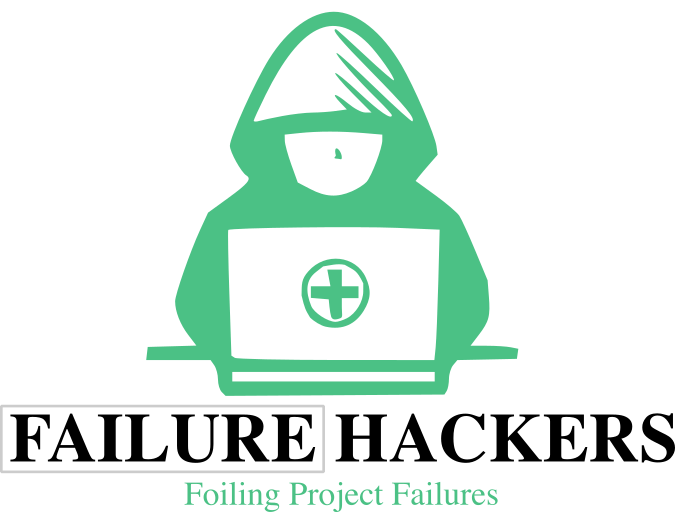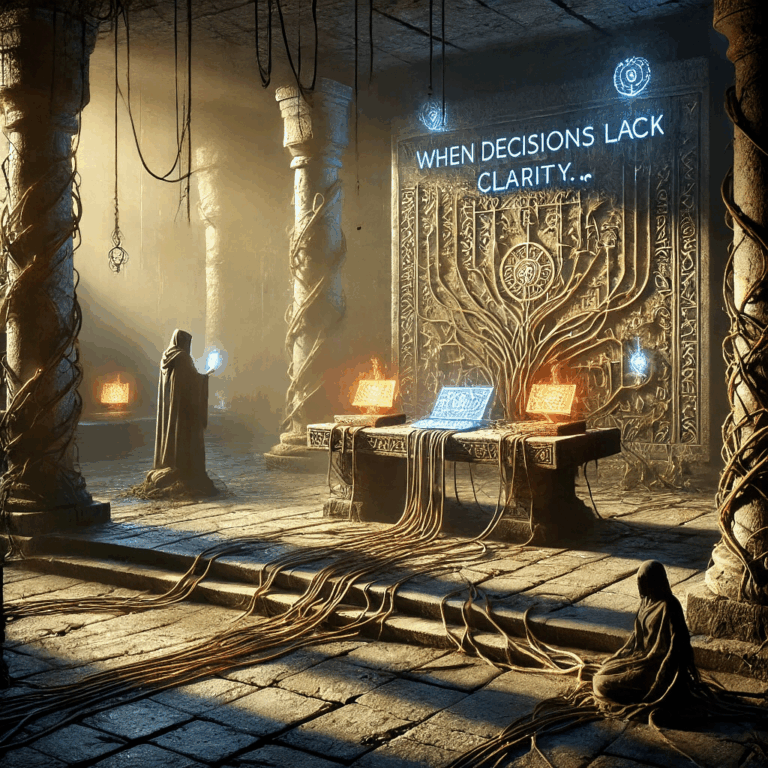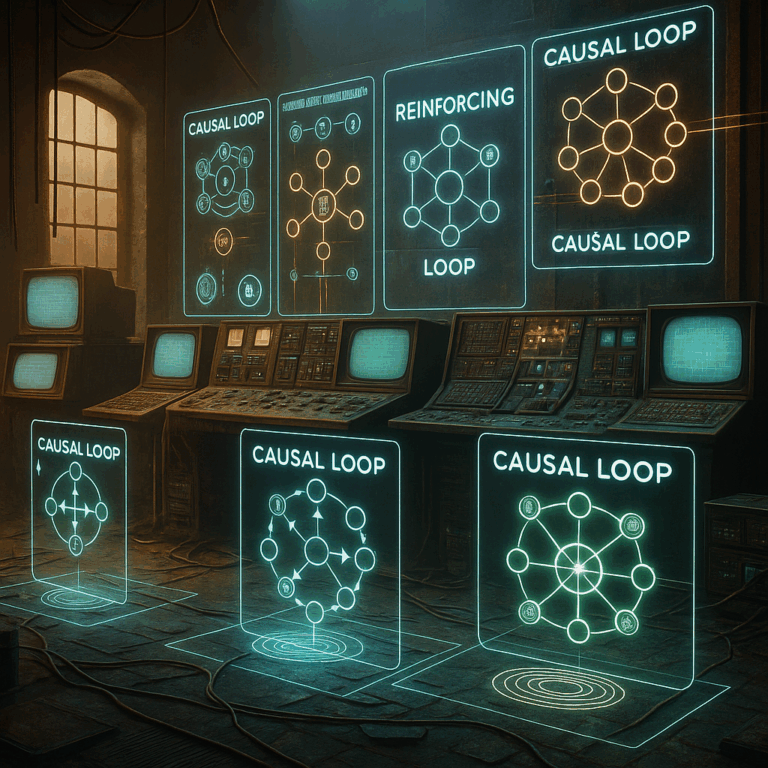The structures that turn problem solving into a repeatable craft
When people talk about problem solving, they often focus on mindset — curiosity, persistence, creativity — or on people — teams, workshops, leaders. But when you strip away the noise, every great problem solver relies on one thing above all: structure.
That structure takes the form of tools, models, and frameworks. These are the scaffolds that support clear thinking under pressure. They help teams make sense of messy situations, ask better questions, and move from symptoms to causes to action.
This hub brings together the most practical and enduring approaches in problem solving — the tools you can use, the models that guide them, and the frameworks that connect it all.
If you’ve read what is a problem and want to go on to how to actually tackle them, this is where the rubber meets the road.
1. What Are Tools, Models, and Frameworks — and Why Do They Matter?
Before diving in, it’s worth defining our terms, because they’re often used interchangeably — and that’s where confusion begins.
- Models are mental representations — simplified ways of understanding how something works. Think of the Scientific Method or Dewey’s Reflective Thinking Model. They help you reason clearly.
- Frameworks are structured processes — step-by-step approaches to move through stages of a problem. For instance, Design Thinking or Cynefin provide a repeatable route.
- Tools are hands-on techniques or templates — the things you actually, practically do with your team or your notebook. For example things like, the 5 Whys, Problem Trees, or the Eisenhower Matrix.
They work best together:
Models shape your thinking. Frameworks guide your process. Tools make it tangible.
Without them, teams tend to fall into what Failure Hackers call “chaos mode” — chasing symptoms, skipping analysis, and confusing ideas for progress.
2. The Landscape of Problem-Solving Frameworks
Over the past century, problem-solving frameworks have evolved from academic theory into everyday business practice.
At the heart of nearly all modern frameworks are a few recurring phases:
- Define the problem
- Diagnose causes
- Design solutions
- Decide what to do
- Deliver and learn
Different frameworks place different emphasis — some more creative, others analytical — but the underlying logic is remarkably consistent.
For example:
- The Dewey model (1910) introduced the reflective process: from recognising a problem to testing a hypothesis.
- Polya’s Four Steps (1957) gave mathematics students a structure that became universal: Understand → Plan → Solve → Reflect.
- Newell and Simon’s model (1972) described human problem solving as “searching a problem space” — a foundation for today’s AI.
- Cynefin (2000) added the idea of complexity — helping teams match their approach to the situation type (simple, complicated, complex, chaotic).
These models underpin most contemporary frameworks. The key is knowing when to use each and why.
To dive deeper, see:
The Top 5 Widely Referenced Academic Models for Problem Solving
3. From Models to Tools: Making Theory Work in Practice
It’s one thing to know a framework — quite another to use it. The transition from thinking model to practical tool is where most organisations stumble.
Let’s look at a few widely used techniques that operationalise these models.
The 5 Whys: Uncovering Root Causes
A deceptively simple tool used to get beyond surface-level symptoms. By asking “Why?” repeatedly — usually five times — you dig into the chain of causes until you reach a root.
In practice, it helps teams slow down their instinct to fix and instead clarify what’s really going wrong. It’s especially effective in continuous improvement or post-incident reviews.
Read more:
Mastering the Five Whys Technique in Remote Teams
Problem Trees: Seeing Cause and Effect
A Problem Tree visualises the cause–effect relationships of an issue. The trunk is your main problem; the roots are underlying causes; the branches are the effects.
It’s particularly powerful in strategy and development contexts — turning abstract complaints into structured systems that teams can discuss visually.
Read more:
Designing Problem Trees: A Step-by-Step Guide
The SCAMPER Method: Reimagining what Exists
SCAMPER stands for Substitute, Combine, Adapt, Modify, Put to another use, Eliminate, Reverse. It’s a creative reframing tool that helps teams reimagine products, services, or processes.
SCAMPER sits between analysis and innovation — ideal when you know the problem but need fresh ways to solve it.
Read more:
The SCAMPER Method Explained for Reimagining Existing Product Features
Eisenhower Matrix: Prioritising Action
Sometimes, the problem isn’t knowing what to do, but knowing what to do first. The Eisenhower Matrix categorises tasks by urgency and importance, helping teams manage competing priorities.
It’s less about time management and more about decision clarity — ensuring effort goes to what truly matters.
Read more:
Prioritising Team Backlogs Using the Eisenhower Matrix
Each of these tools represents a bridge from theory to behaviour — and each maps to a distinct stage in the problem-solving journey.
| Stage | Typical Tools | Purpose |
|---|---|---|
| Define | Problem Tree, Fishbone Diagram | Clarify problem structure |
| Diagnose | 5 Whys, RCA Templates | Find root causes |
| Design | SCAMPER, Brainstorming prompts | Generate solutions |
| Decide | Eisenhower Matrix, Impact–Effort grid | Prioritise actions |
| Deliver | PDCA, Retrospectives | Learn and iterate |
4. Choosing the Right Tool for the Job
The challenge isn’t finding tools — it’s choosing which one suits your context.
Here’s a simple decision lens:
| Factor | Guidance |
|---|---|
| Complexity of the problem | If the problem is well-understood, use linear tools (5 Whys, Fishbone). For complex or adaptive problems, use exploratory tools (Problem Tree, Cynefin). |
| Time available | Under pressure? Use light-touch frameworks (Eisenhower Matrix). More time? Use visual mapping (Problem Trees, RCA). |
| Team maturity | New teams benefit from structured templates; experienced ones can mix and adapt freely. |
| Evidence base | If data is weak, use hypothesis-driven models (SCAMPER). If data is rich, use analytical tools (Pareto, RCA). |
Remember: tools don’t solve problems — people do. Tools simply help people collaborate more effectively by structuring their conversations.
Remember: tools don’t solve problems — people do
5. Frameworks in the Wild: Blending and Adapting
In real life, problem solvers rarely use one framework in isolation. The best practitioners blend them — flexibly and contextually.
Example 1: Root Cause Analysis (RCA)
A combination of:
- The 5 Whys to peel back layers,
- A Fishbone Diagram to categorise causes,
- A Problem Tree to visualise relationships.
Together, they create a fuller picture than any single tool could.
Example 2: Strategic Prioritisation
Teams often combine:
- The Eisenhower Matrix to categorise urgency/importance,
- RICE or MoSCoW scoring to quantify value and effort.
This turns subjective debate into evidence-based prioritisation.
Example 3: Innovation and Redesign
Creative teams might use:
- SCAMPER to spark ideas,
- Design Thinking to prototype and test them,
- Impact–Effort grids to plan delivery.
Blending tools like this is how organisations turn frameworks into living systems — not static diagrams on a wall.
6. Building a Toolkit Culture
Many teams learn tools but fail to embed them. A toolkit culture means using frameworks naturally, not ceremonially.
Here’s how to build it:
- Start small. Introduce one framework at a time; make it visible and easy to access.
- Normalise reflection. After each use, ask, “Did this tool help us think better?”
- Visualise thinking. Use whiteboards, Miro boards, or shared templates to make reasoning transparent.
- Avoid tool worship. Frameworks are aids, not badges. If it doesn’t add clarity, drop it.
- Teach through use. Model the method in meetings rather than lecturing about it.
For more on creating the right environment, read:
Building a Problem-Solving Culture
7. Integrating Frameworks into the Problem-Solving Lifecycle
Let’s pull it all together — how do these tools align across the end-to-end problem-solving journey?
| Stage | Goal | Tools & Frameworks | Output |
|---|---|---|---|
| Define | Clarify what’s really going on | Problem Statements, Problem Trees, 5 Whys (initial) | Shared understanding of the problem |
| Diagnose | Uncover root causes | RCA, Fishbone, deeper 5 Whys | Evidence-based insight |
| Design | Create potential solutions | SCAMPER, Brainstorming frameworks | Options and hypotheses |
| Decide | Choose and prioritise | Eisenhower Matrix, Impact/Effort, MoSCoW | Clear action plan |
| Deliver & Learn | Implement and improve | PDCA, Agile Retrospectives | Continuous improvement |
Each stage builds on the previous — and the cycle repeats. Frameworks are iterative, not linear.
8. Common Pitfalls When Using Frameworks
Even the best tools can backfire if used poorly. Here are the classic traps:
- Framework Theatre: Teams “go through the motions” without engaging. Looks tidy, achieves nothing.
- Tool Overload: Using too many frameworks at once, creating confusion.
- No Diagnosis: Jumping to design before defining the problem (a perennial Failure Hackers warning).
- Lack of Ownership: Treating the framework as the solution instead of a thinking aid.
- No Reflection: Failing to review what worked and what didn’t — turning learning into ritual.
The antidote? Keep frameworks light, purposeful, and reviewed.
9. The Future of Problem-Solving Frameworks
Problem solving is evolving. Digital platforms and AI are transforming how frameworks are applied.
Modern teams can already use tools like ChatGPT to:
- Generate “Why” question chains.
- Suggest potential causes from raw data.
- Cluster ideas visually in real time.
But while AI can augment problem solving, it can’t yet replace the human intuition that frameworks rely on.
Frameworks remain the human logic layer — the structure that guides critical thinking and ethical decision-making.
To explore the frontier between human and machine collaboration, see:
AI-Powered Problem Solving
Frameworks remain the human logic layer
10. Bringing It All Together
If the Foundations Hub is the mindset and philosophy of problem solving, this Tools, Models and Frameworks Hub is the operating system — the practical, structured side of doing it well.
- Models help you think clearly.
- Frameworks guide you step by step.
- Tools make it tangible and repeatable.
Mastering these structures doesn’t make you rigid — it makes you deliberate. Once you’ve internalised them, you can adapt, remix, and even invent your own.
That’s when problem solving stops being a reaction — and starts becoming a capability.
Explore our curated collection of tools, models, and frameworks to enhance your problem-solving capabilities.







